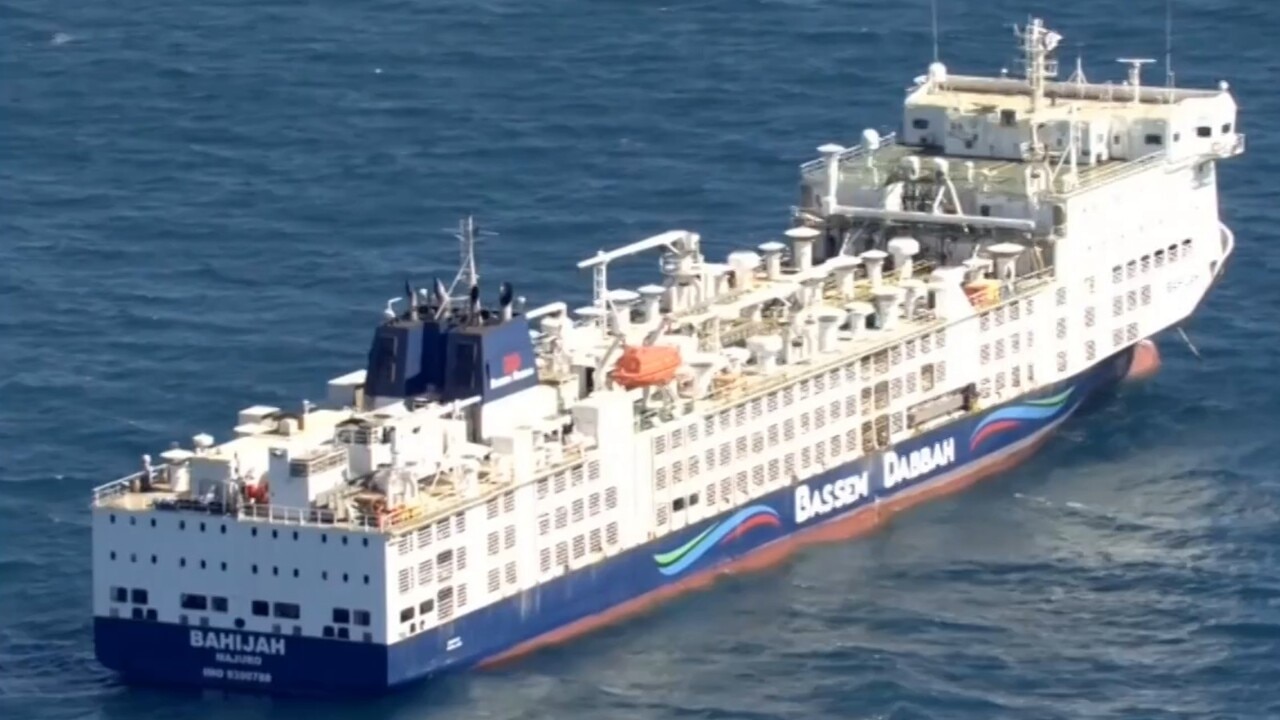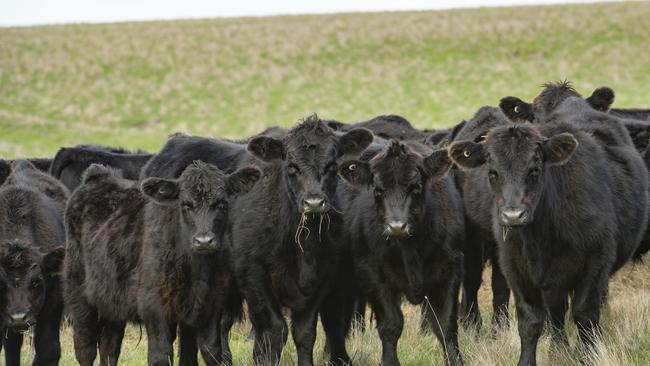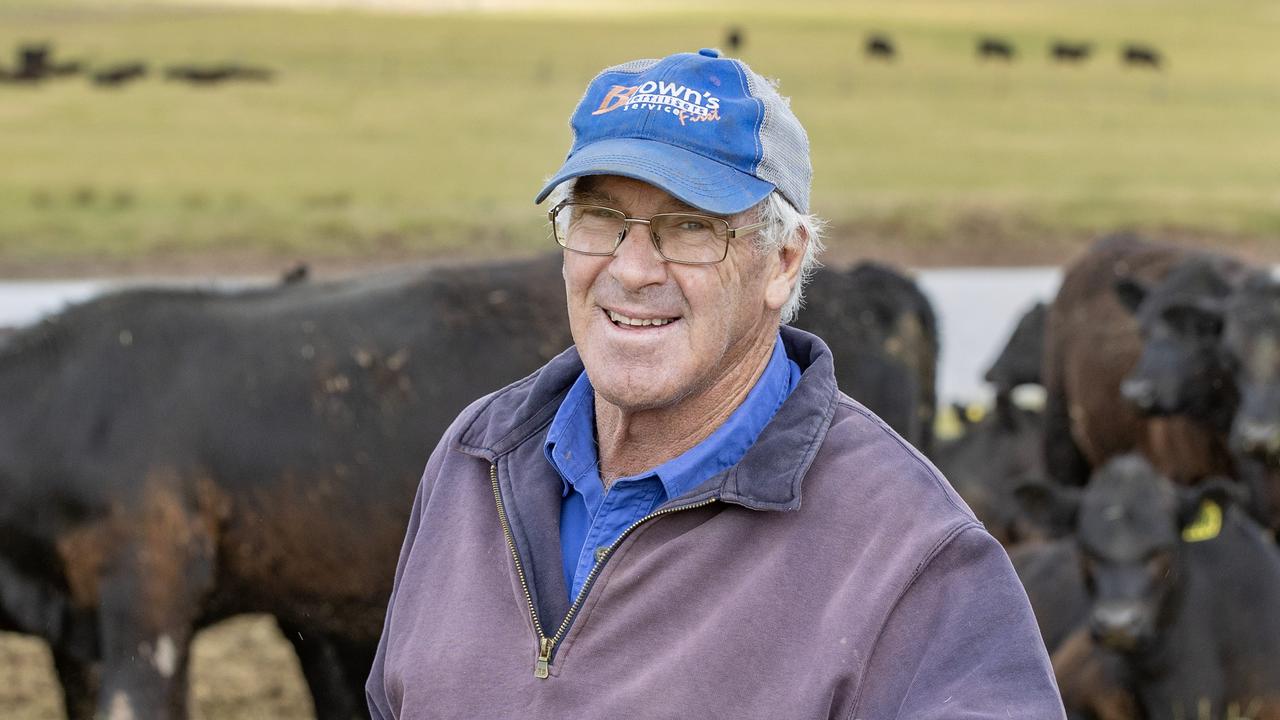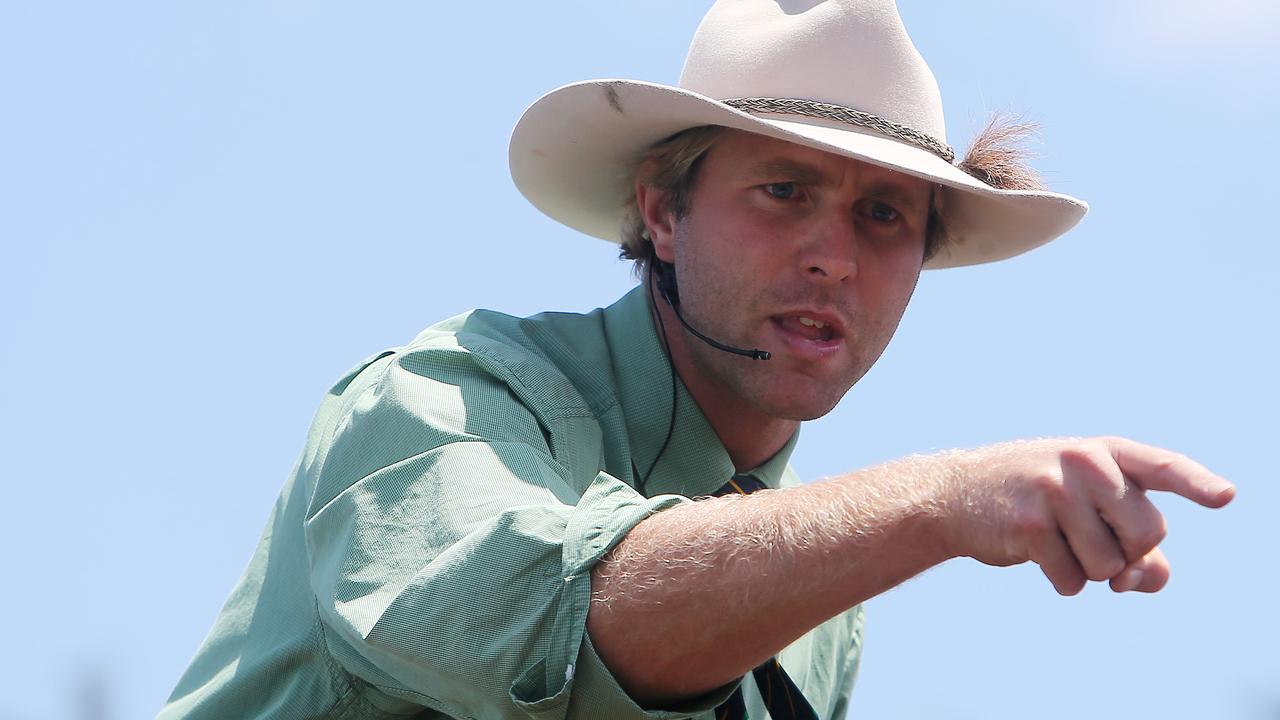Cattle Australia submission to Agriculture and Land Plan
The nation’s peak cattle industry body has made a number of recommendations to the government’s proposed Agriculture and Land Plan. See them here.

Australia’s peak cattle industry body is asking the federal government to acknowledge the contributions cattle producers already play when shaping Australia’s 2050 net-zero ambition.
In its submission to the government’s proposed Agriculture and Land Plan, Cattle Australia has made a number of recommendations, including needing to refocus on other commodities because investment by the beef industry to reduce emissions has been “substantial and successful”.
“The investment from the Australian beef industry in reducing emissions has been sustainable and acknowledged globally. This type of investment and commitment to emissions reduction and production efficiencies is required by other commodities and economies to ensure no singular industry is undertaking burdensome effort beyond that it is required,” the submission said.
Another recommendation was to collaboratively establish an industry-driven pathway, with support from government, to “enable producers to access the advice, technology, innovations and incentives they need to minimise the negative and optimise the positive impact of beef production on the climate”.

The submission said prescriptive regulation of emissions reduction and reporting from the beef industry must not be supported.
“Targets, if needed, must be led by industry and voluntary to make meaningful progress.”
Cattle Australia chief executive Chris Parker said as custodians of almost 80 per cent of Australia’s agricultural land, grass-fed beef producers were an integral part of the solution to the changes in climate.
“CA supports a balanced approach that acknowledges the role our producers play in global and regional food security in managing our Australian landscapes, the cyclical nature of biogenic methane, and consequences of future planning on the social and economic prosperity of the rural and remote communities in which our farmers and their families live and work,” he said.





